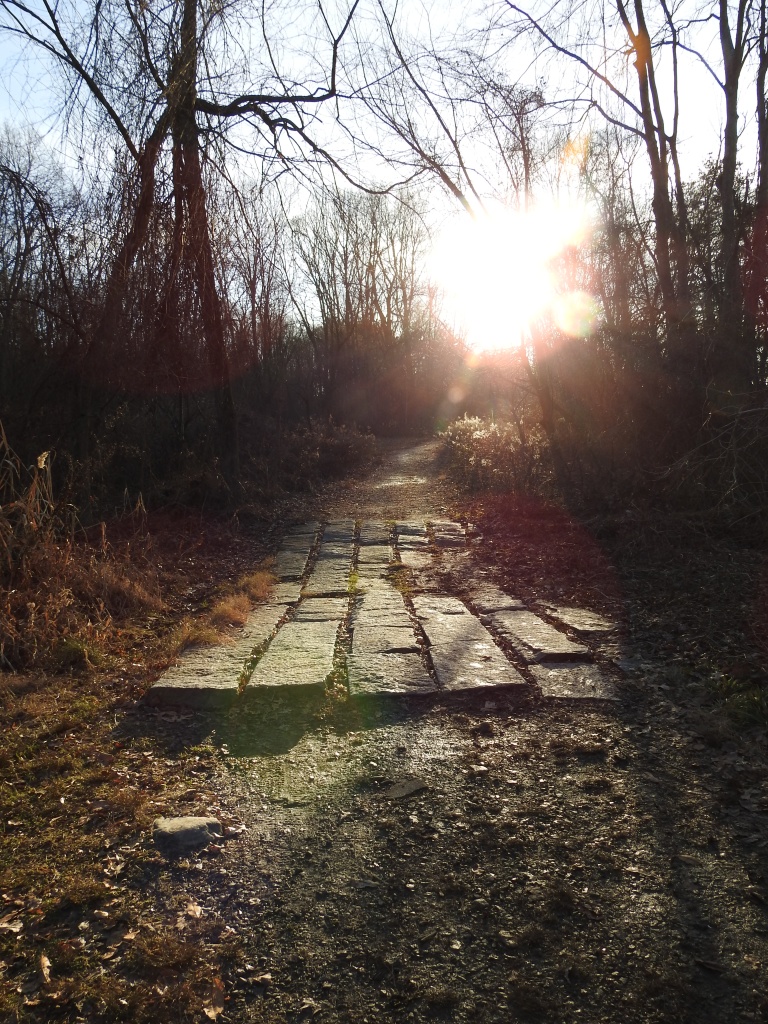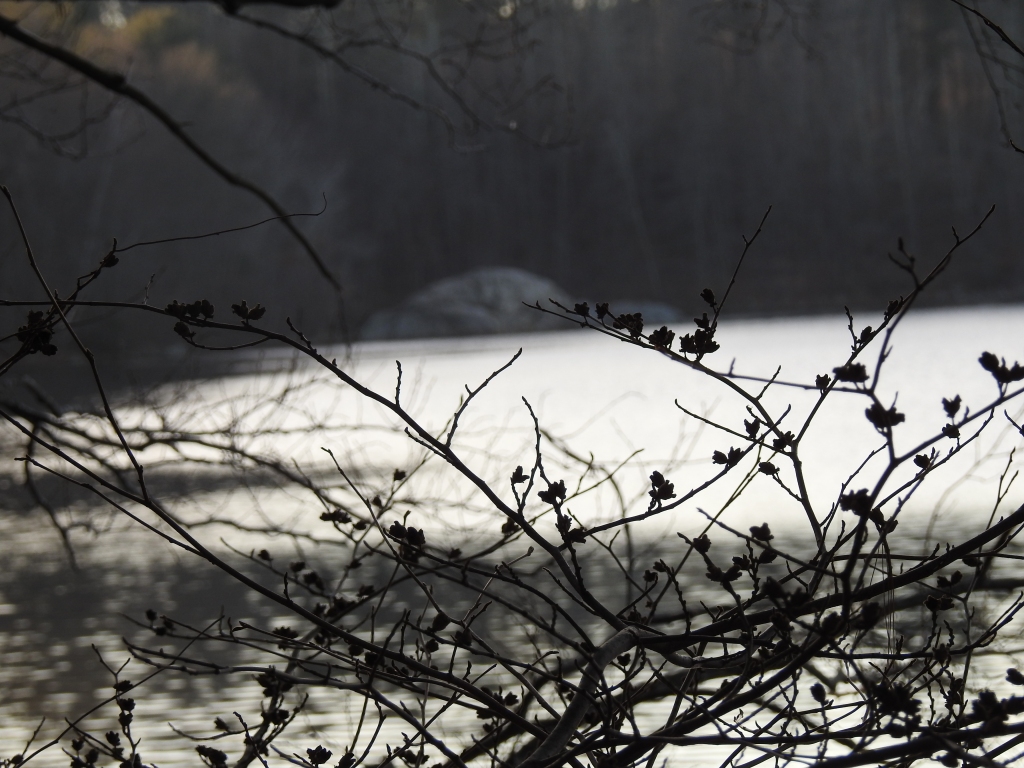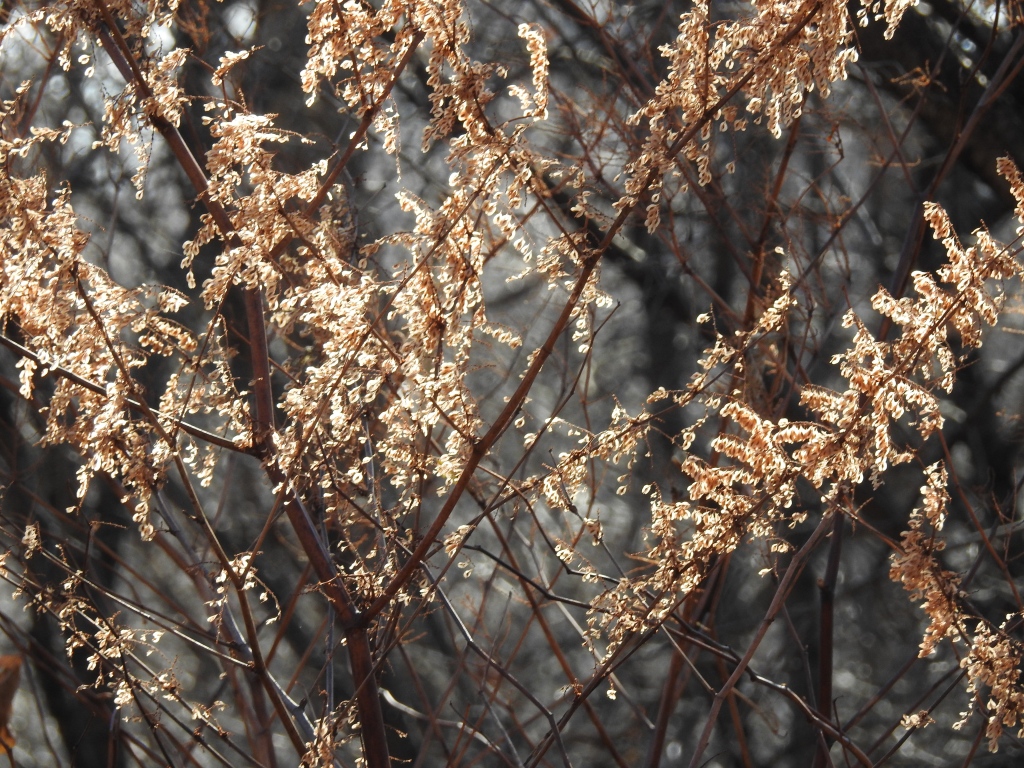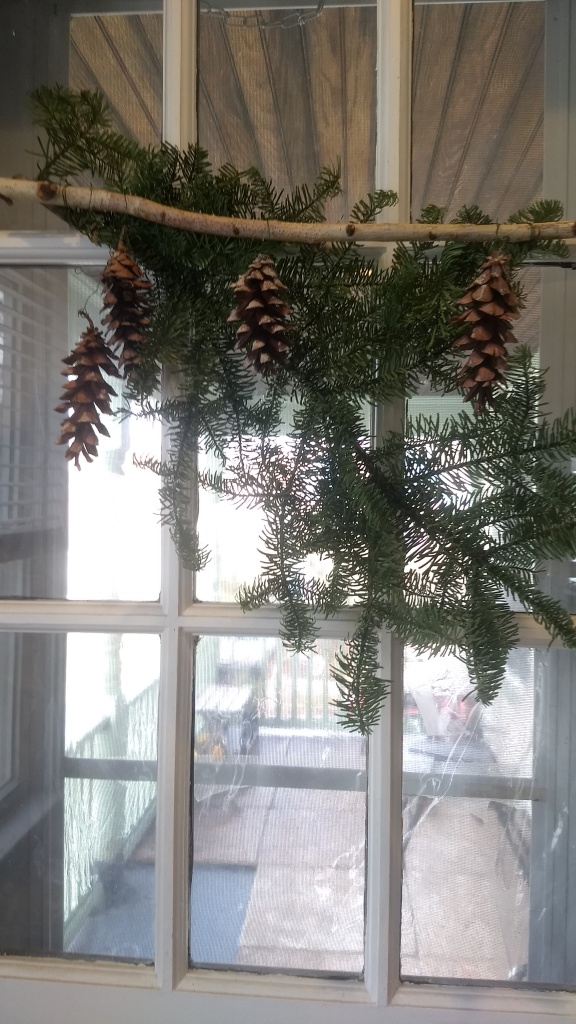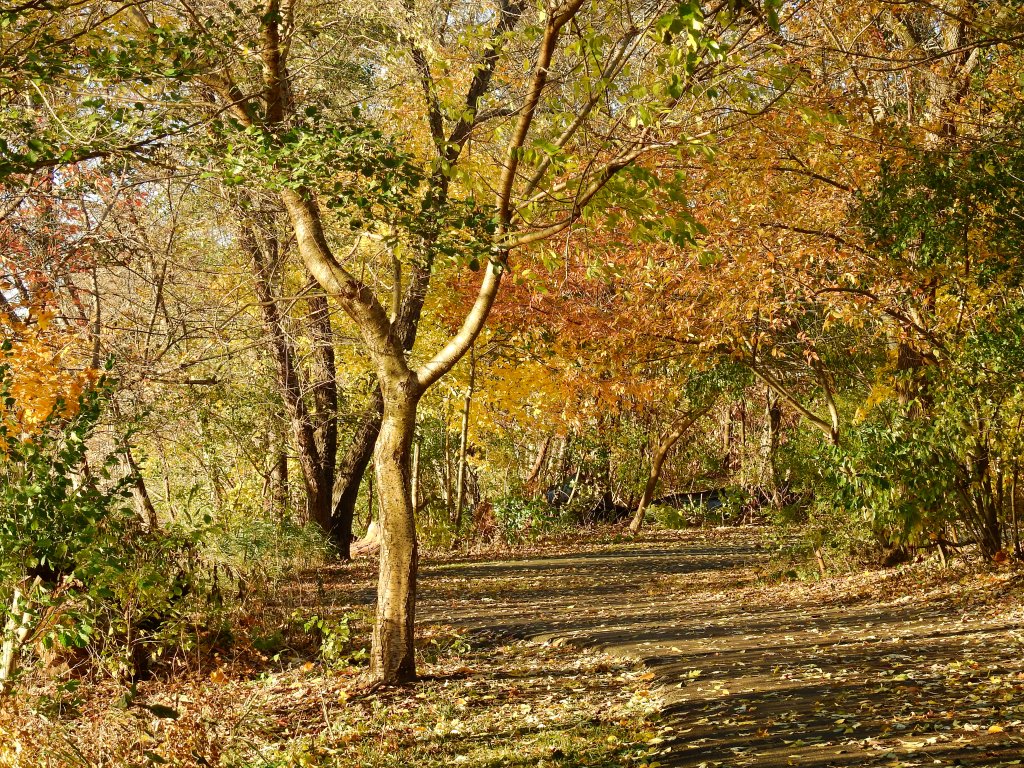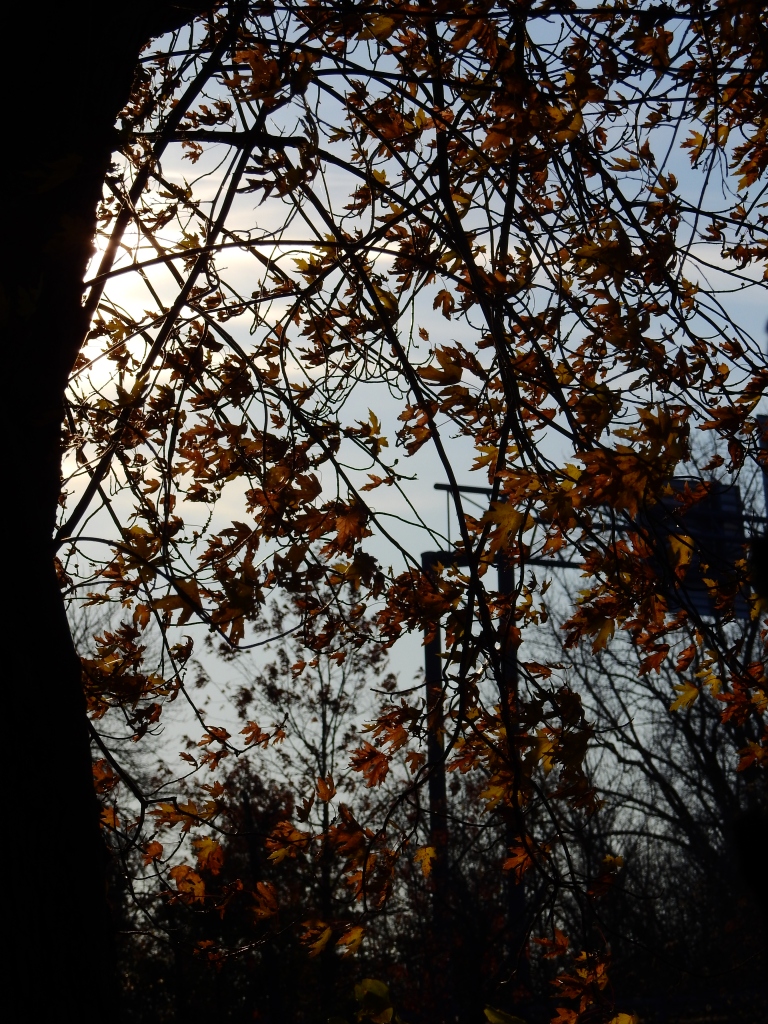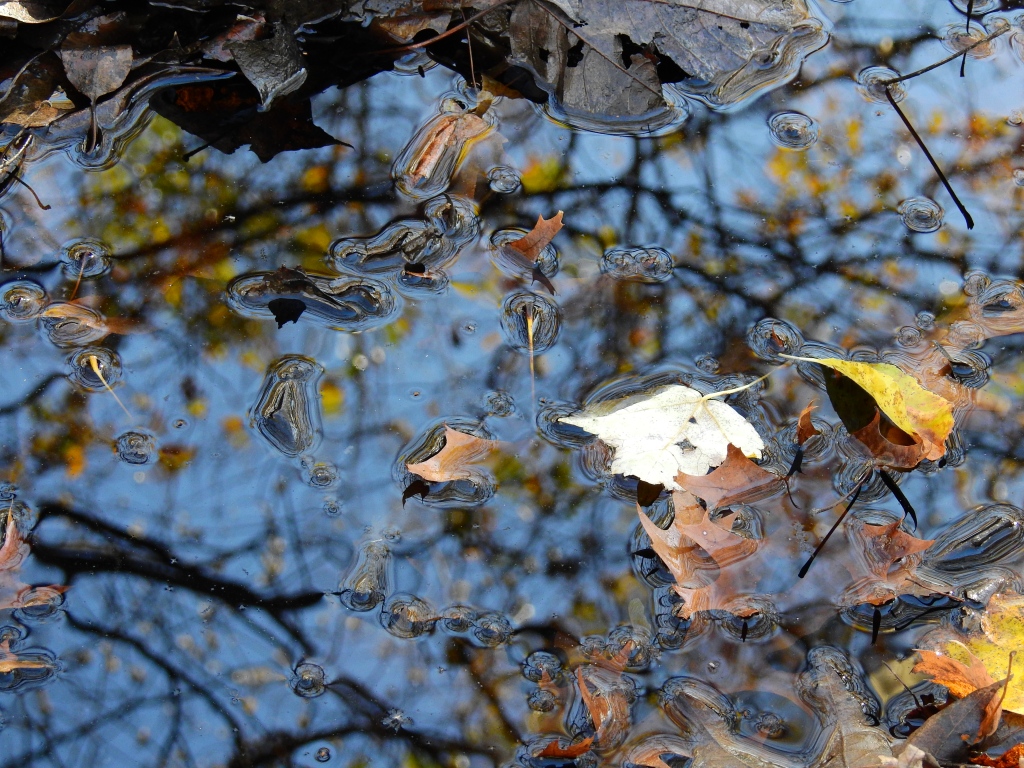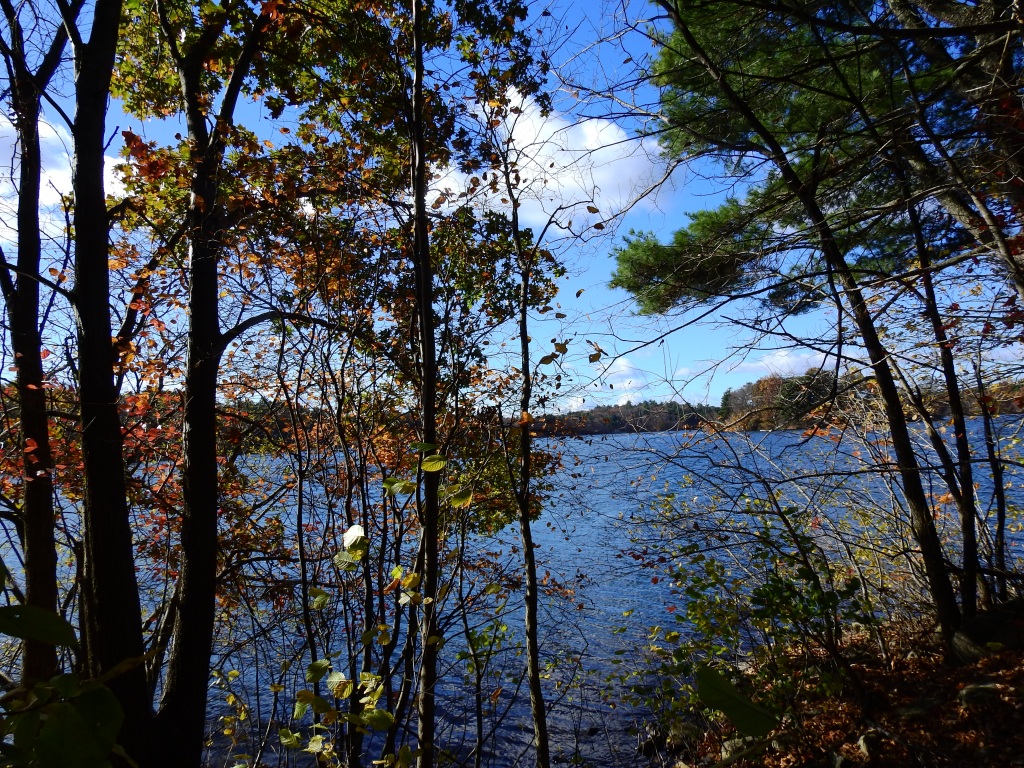Archive for the ‘Branches’ Category
pathways
Posted in Branches, Inspiration, Nature Notes, tagged beauty, colors, Inspiration, landscape, light, Middlesex Fells, nature, Photography, sunlight on December 17, 2023| 1 Comment »
as the sun set by the pond
Posted in Branches, Inspiration, Nature Notes, tagged beauty, Branches, Inspiration, landscape, Middlesex Fells, nature, Photography, Spot Pond, water on December 16, 2023| Leave a Comment »
a not so hidden gem
Posted in Branches, Inspiration, Nature Notes, tagged autumn, landscape, light, Medford, Mystic River, nature, nature photography, paths, Photography, trees on November 20, 2023| Leave a Comment »
A park near a neighboring school, adjacent to the Mystic River. I hope the middle schoolers take time to look up from their phones and enjoy the beauty around them.
the fells in fall
Posted in Branches, Inspiration, Nature Notes, tagged autumn, beauty, colors, Inspiration, landscape, Middlesex Fells Reservation, nature, nature photography, Photography, water on November 11, 2023| 2 Comments »
playing with color and textures
Posted in Branches, Inspiration, Kitchen Inspirations, tagged aesthetic, beauty, creativity, experimenting, flowers, Inspiration, nature, Photography, planting on September 9, 2023| Leave a Comment »
Flowers and herbs, real and faux. Just playing around with colors and textures and even scents (that’s Thai basil in front) to make a little spot of joy. Since this photo was taken the echinacea flowers have become seeds in a bag and a small bowl of blood oranges sits next to the faux orange flowers. Amazingly the Thai basil still looks the same. And when I lifted it just now I realized that the stems had grown roots. A certain fellow in this household has an upcoming planting project as soon as I find the right pot.
happy plant
Posted in Branches, Inspiration, tagged beauty, colors, flowers, gardening, geranium, Inspiration, nature, Photography, pink on August 7, 2023| 1 Comment »
if only …
Posted in Branches, Inspiration, tagged beauty, nature, Photography, rabbits, urban wilds, wildlife on April 17, 2023| 2 Comments »
an autumn garden indoors
Posted in Branches, Inspiration, Kitchen Inspirations, tagged beauty, colors, flowers, indoor gardening, Inspiration, nature, Photography on November 1, 2022| 2 Comments »

This area was once filled with pothos that had way overgrown and once upon a time was lush and green but after much unattendance this summer had become gnarly and brown so … I cleaned house so to speak. Many a pothos tendril is sitting in jars of water waiting to root so this area may be pothos-strewn once more but for now light falls upon summer garden herbs and flowers that will hopefully find this to overwinter.
early autumn harvest
Posted in Branches, Inspiration, tagged autumn, beauty, colors, flowers, gardening, harvests, herbs, Inspiration, nature, Photography on October 16, 2022| 1 Comment »
